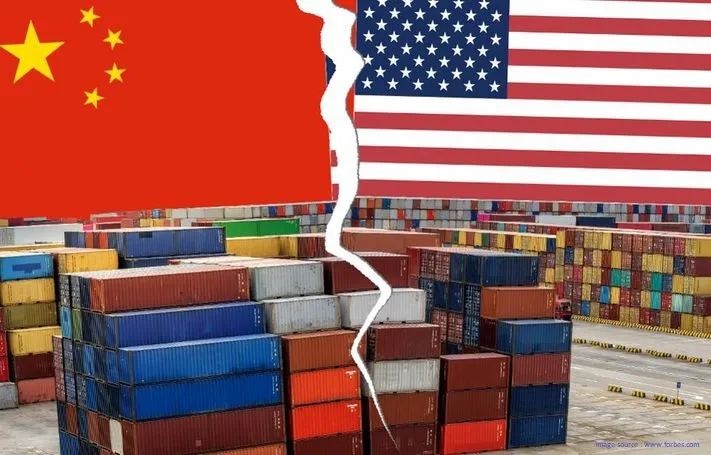COVID accelerated the trend to diversify China-centric supply chains, but China’s manufacturing strengths and its domestic market call for a balanced approach
The phrase “China + 1” captures the strategy that many large manufacturers are following to increase the diversity and resiliency of their supply chains by moving some Chinese-based sourcing to other countries. A recent survey by Australian logistics firm Toll reported that one-quarter of the firm’s customers plan to diversify product sourcing away from China—with a third of these ranking Vietnam as the most favorable location for alternate sourcing. Others cited India, Malaysia, Indonesia and South Africa.
This trend has been shaping up for several years, as increasing labor and tariff costs, trade tensions and security concerns led manufacturers to look beyond China. But while it has been relatively easy to move labor-intensive production, such as garment assembly, out of China, moving more technologically sophisticated production elsewhere can present major challenges and capital expense. Resilinc has underscored in recent posts on Re/Nearshoring and Supply Chain Mapping.
From ~0 to 63% of FPD market in <15 years
With a huge skilled workforce and unmatched logistics infrastructure, China offers some of the most robust and technically sophisticated industrial ecosystems in the world. Consider the country’s position in flat panel displays (FPD). Sidebar: building an FPD factory from scratch costs at least $6 billion. In 10 years Chinese FPD manufacturing grew from a tiny amount to nearly 50% of worldwide production in 2019, according to FlexEnable. What’s more, the expectation is that China will produce 62% by 2023.
Even in many low-tech businesses, Chinese manufacturing regions possess “relationships, assets, and knowledge [that provide] competitive advantage and make it hard to relocate elsewhere,” wrote Yossi Sheffi in his new book: The New (Ab)Normal: Reshaping Business and Supply Chain Strategy beyond Covid-19.
Making products for China in China
And as the world’s largest economy, with $22.5 trillion GDP in 2019, China also represents a vast and growing market. In order to serve Chinese customers, many global companies are simultaneously increasing their investment in Chinese supply chains and building up their non-Chinese supplier bases.
Young Liu, chairman of the world’s leading electronics contract manufacturer Foxconn has described the emergence of “two sets of supply chains”—one for China and one for the United States and other developed countries. He forecast continued growth of supply chains in India and Southeast Asia, but also said “there will be no country to fully replace China as the global manufacturing powerhouse,” according to Nikkei Asian Review.
Some companies seek to make and source more products in China for Chinese and foreign sales. Tesla plans to export Chinese-made Model 3 cars across Asia and Europe. Tesla CEO Elon Musk recently called Chinese suppliers “possibly the most competitive in the world” and said that local sourcing of components will make a “massive difference” in the cost of the Model 3 cars that the company will build in Shanghai.
In the smartphone market, Apple has increased its purchasing of smartphone components—and even contracted for smartphone assembly—from China-based Luxshare, a competitor to Foxconn that has received subsidies from Beijing as part of its strategy to upgrade high-tech manufacturing capabilities. At the same time, Apple is relying on Luxshare to build more production capacity outside China, especially in Vietnam.
Knowing what’s made where
Amidst these vast and complex transitions in global supply chains, it’s more important than ever for supply chain managers to have the mapping and visibility capabilities that show exactly where the materials and components used by their direct suppliers and contract manufactures are produced.
One recent example: Indian smartphone assemblers suffered two months of shutdowns this spring as a result of the COVID-19 lockdown in China, according the Deccan Herald. While domestic production of smartphones had expanded dramatically in India prior to the pandemic, manufacturers remained highly dependent on Chinese suppliers—which provided 45% of smartphone components. A robust supply chain mapping program – like the one Resilinc offers – could have revealed these hidden weaknesses early enough to avoid some of the disruptive shutdowns of Indian smartphone assembly plants.
For more commentary on what a China +1 strategy entails and how the Chinese supply chain will play out, watch our Virtual Panel: Geopolitics, Trade Wars, and Pandemic- Analyzing the Supply Chain Impact.





